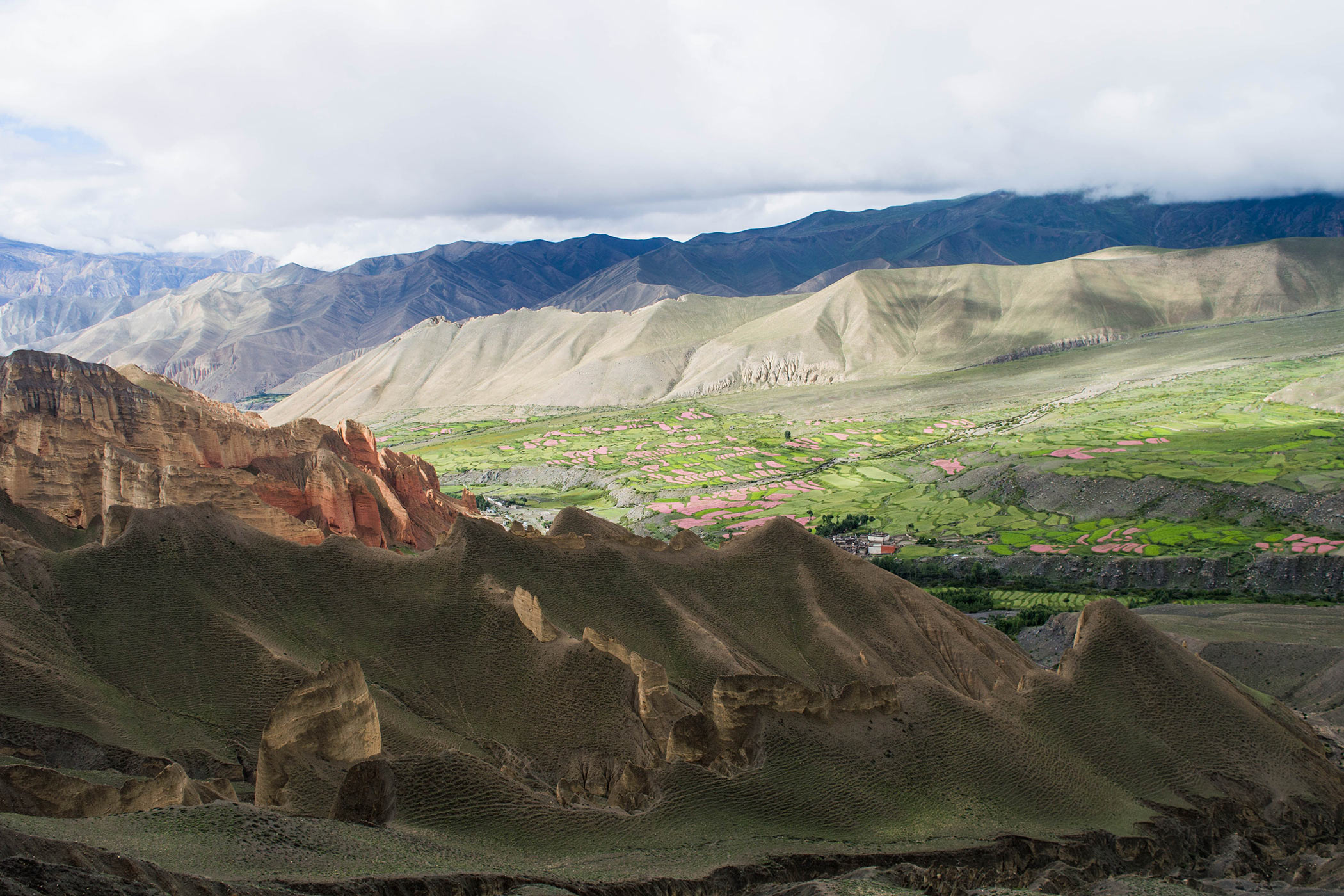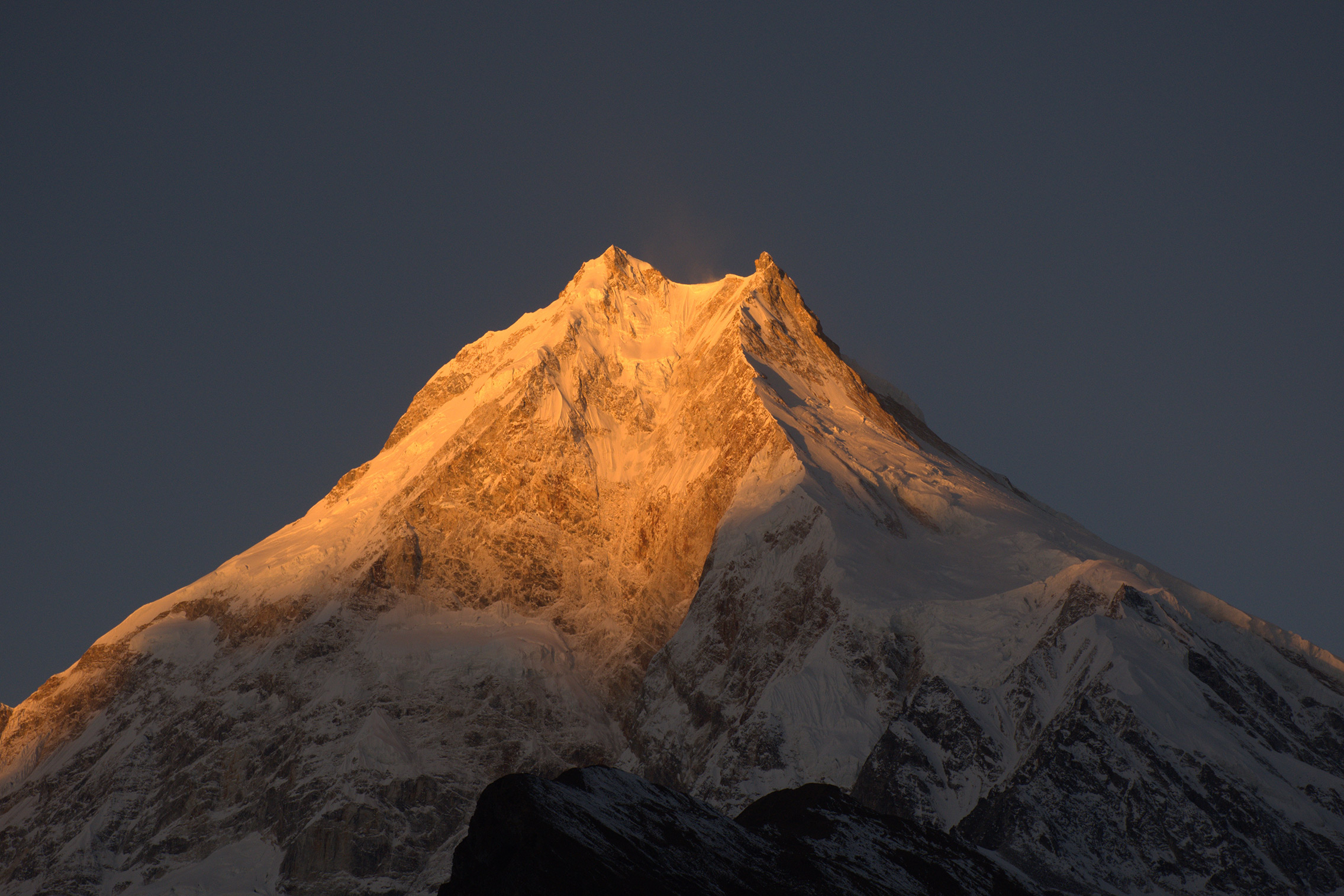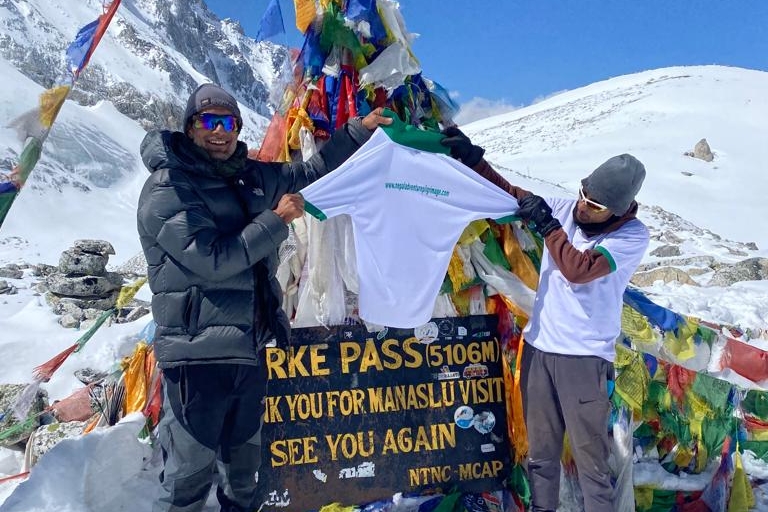An area beyond the Himalayas, which conjures up the beauty of ancient monasteries, blue sheep and snow leopard, Dolpo is one of the most remote regions in Nepal and is located in the western part of the country between the Tibetan plateau and the Dhaulagiri ranges. The Upper Dolpo Trekking is about 24 days, which requires the trekkers to get special permission from the government. The Upper Dolpo hiking is famous as remote and restricted trekking destination in Nepal. The Dolpo district is an exceptionally isolated region, which hasn’t been in touch with the modern lifestyle, so the culture and way of living have remained same since ancient period. The trekking region was closed to foreigners until late eighties, but still trekkers aren’t allowed to go without any acquaintance, therefore group trekking is suggested for this trek route. Don’t miss the once in a lifetime opportunity to go to this trekking if you are physically capable and have got enough time to spare here. You are required to have previous experience is high altitude trekking.
Upper Dolpo Trek goes through lovely valleys, local settlements, intriguing spots, enormous mountains and greenery woods of pines, oaks, rhododendrons and so on. The fundamental feature of the trek is terrific scenes, remote village of Ringmo, astounding Shey Phoksundo Lake, which is the deepest lake of Nepal, Dho Tarap, which is the locality of people at highest altitude in the world, Shey Ghumpa, which is known to be the most important gumba in Nepal and the hundreds years old monasteries. The books called “The Snow Leopard” and “Himalayan Pilgrimage” written by Peter Matthiessen and David Snellgrove has added to the persona and fascination of Dolpo. Both of them went by the Shey Gompa, to the north of the Phoksundo Lake, Inner Dolpo. This is the objective of most trekkers yet this Upper Dolpo trek will take you significantly into mystique area. The exotic half plant, half animal species, Yarsa Gumba is also found in this region.
Upper Dolpo region is remote from the city area, and your arrival will be arranged in two flights. From Kathmandu, you’ll fly to the town of Nepalgunj and stay overnight there. Next morning you will get into forty five minute flight to Juphal and that same day you’ll be able to trek on to Chunuwar. June, July and August are considered to be the best month of the year for this trek .Regardless, it’ll still be cold, particularly at night, so ensure to pack your warm jacket and a four-season sleeping bag.
1.Headache
2.Dizziness
3.Loss of appetite
4.Breathing problem
5.Nausea or Vomiting
6.Fatigue or weakness
7.Persistent speedy Pulse
8.Drowsiness
9.trouble sleeping
Upon our arrival in Kathmandu, a representative from Nepal Adventure Pilgrimage will pick us up from the airport and take us to our hotel. In the afternoon, we may take a rest or visit Nepal Adventure Pilgrimage office. In the evening, there will be a welcome dinner hosted by Nepal Adventure Pilgrimage. For dinner, you will be served excellent authentic Nepalese cuisine. Overnight in Kathmandu.
Today after breakfast we start a guided tour to several of the most historical and spiritual attractions in Kathmandu. Some of these landmarks are considered World Heritage Sites including the historic Durbar Square, the sacred Hindu temple of Pashupatinath, the famous ‘Monkey Temple’ (Swayambhunath) and Buddhist shrine (Bouddhanath), which is one of the largest stupas in the world. At noon, there will be a pre-trip discussion where we can meet our trek leader and other team members. Nepal Adventure Pilgrimage will brief us regarding our trek as well as provide us with an opportunity to ask any questions we may have regarding our upcoming adventure. Overnight in Kathmandu.
After our short excursion in Kathmandu, we take an hour-long flight from Kathmandu to Nepalgunj, located in Western Nepal. Nepalgunj, a town near the Nepal-India border, is also the gateway to Simikot, Humla. The town itself is an interesting Terai town that showcases the diverse culture of Nepal. In Nepalgunj, we visit the local market, mini-zoo and nearby villages. Overnight in Nepalgunj.
Accomodations: Tented camps
Meal Includes: Dinner, breakfast & lunch
We fly to Jhupal after breakfast. The town is beautifully located over the Himalayan foothills, with views of Annapurna and Dhaulagiri peaks to its north. Here, we meet our trekking staff and begin the adventure. We walk through terraced fields to the Bheri River and its narrow gorge. We continue walking to Dunai, which is the administrative headquarter of the Dolpo region. We explore the small town in the evening and camp there for the night.
Accomodations: Tented camps
Meal Includes: Dinner, breakfast & lunch
We leave Dunai and cross a suspension bridge and turn to the west following a trail past a hospital. The trail ascends up the side of the treeless, Thulo Bheri valley before entering Phoksundo river valley. During the walk we get to the view of Kagmara Peak up the valley. We pass through walnut groves, Dhera and Rahagaun villages, walk down dense jungles and finally reach Ankhe. Overnight in Ankhe.
Accomodations: Tented camps
Meal Includes: Dinner, breakfast & lunch
Our trail ascends and descends along a wooded riverbank and climbs on a steep trail. The ups and downs can be a bit monotonous, but there are several streams along the way that offer a chance to cool off. The trail eventually leaves the forests and passes through a grassy slope high above the river. We trek downhill on a trail surrounded by lush forests before reaching a cliff followed by a dizzying drop on a wobbly stone staircase to the river bank. We continue trekking until we reach Sulighat where we spend the night.
Accomodations: Tented camps
Meal Includes: Dinner, breakfast & lunch
We continue our journey along the valley floor to the confluence of the Phoksundo and Pungmo rivers. After crossing a bridge, we walk on the western bank of the Pungmo Khola. The trail passes through a cedar forest before reaching Palam village. From here we trek up to a ridge and enjoy distant views of Phoksundo Lake and a spectacular waterfall, one of the highest in Nepal. Next, our trail descends through birch forests to the upper reaches of the Phoksundo Khola, and then to the picturesque Ringmo village with its mud-plastered chortens and mani walls. From here it is a short walk to the shores of the Phoksundo Lake. Overnight at Phoksundo Lake.
Accomodations: Tented camps
Meal Includes: Dinner, breakfast & lunch
Our trail moves around the top western end of the Phoksundo Lake as it contours on a rocky ledge along the lake’s western bank. This unsteady trail suspended on a gangway of wood supported on pegs driven into crevasse in the rocks, signals the remoteness of the area we are about to enter. At the westernmost edge of the lake the path leads through a lush meadow that opens up into the flood plain of the Phoksundo Khola. Then we walk through the valley, crossing the river and avoiding the occasional boggy marsh underfoot and then coming on the bank of the river to the overnight camp.
Accomodations: Tented camps
Meal Includes: Dinner, breakfast & lunch
For an hour or so we walk on a trail that leads us along the level path through a glacial valley which heads due north. At the confluence of the Phoksundo Khola and another mountain stream, there is an old wooden bridge. From here, we walk towards the north-east. A long climb brings us to a sheep meadow where our trail veers up a steep ravine. A hard climb to the top brings us to yet another valley where we can see the Kang-La pass. We set up our camp near the pass in a place that Peter Matthiessen christened ‘Snowfields Camp’. During our trek today we also get to admire the views of Chhamlang peak 6 (6739m) and peak 7 (6105m).
Accomodations: Tented camps
Meal Includes: Dinner, breakfast & lunch
In the morning, we ascend on a steep trail littered with slate towards the pass. The climb to the top of the pass is quite strenuous. From the top of Kang-la pass we get excellent views of the large valley dissected by a gushing river. We descend to the valley floor on a steep trail. Next, we walk on a meandering trail along the banks of a river, crossing and re-crossing it several times. There are mud caves lining the hills overlooking the river. We also pass through meadows where we see grazing yaks, hundreds of sheep and domestic mountain goat (Chyangra). After crossing a quaint log bridge we reach the Shey Gompa compound where we will be spending the nigh
Accomodations: Tented camps
Meal Includes: Dinner, breakfast & lunch
Shey Gompa was built in 1655 and the monastery is noted for its giant copper with gilded gold statue of a seated Shakyamuni Buddha. To the east of the gompa is Crystal Mountain which is one of the strangest mountains, as its contorted cliffs are laced with quartz and embedded with a rich variety of marine fossils. Today is another well-earned rest day for acclimatization. We spend the day hiking around Shey village which is famous for its ancient pre-Buddhist culture, the Bon Po. In Dolpo the ancient Tibetan way of life combines animism with the teaching of Buddha. Overnight in Shey Gompa.
[object Object]
Accomodations: Tented camps
Meal Includes: Dinner, breakfast & lunch
We leave the village and climb up a slope and begin a long walk along dusty barren mountains. After 3-4 hours of hard climb, we begin to see Saldang Village below us on a plateau high above the Namga Khola stream. It has a picturesque appearance. Saldang is the largest village of the inner Dolpo area. The village stretches for nearly two kilometers on an open slope and consists of five villages having about eighty well-built houses with nearly six hundred people. It is a prosperous village not only agriculturally but also for its strategic location on a trade route to Tibet. Overnight in Saldang.
Accomodations: Tented camps
Meal Includes: Dinner, breakfast & lunch
From Yangze, there are two trails that connect to Sibu. To save time we will retrace the path back towards Saldang village, which will be much easier and shorter than the other route. From Saldang we walk along a river and pass through terraced fields, stupas, chortens, heaps of mani stones and a Chaiba monastery, then pass through the Namdo village, which is also prosperous, with about sixty houses having nearly 400 inhabitants. It stretches for more than 5 km on the high slopes to the left of Nam Khong Khola. The Namdo monastery is located near the river bed. Our journey continues further down the river for another two hours to camp near a small settlement of Sibu.
Accomodations: Tented camps
Meal Includes: Dinner, breakfast & lunch
We walk along the Nam Khong Khola for a while and pass by caravans with yaks that are moving towards the Tibetan border. After turning east and walking for a while, we arrive at a confluence of two small streams. Next, the steep trail ascends to a grazing area below the Jeng La pass (4,900m/16,072ft). Our camp will be set up in this beautiful meadow. Overngiht in Jeng la Phedi.
Accomodations: Tented camps
Meal Includes: Dinner, breakfast & lunch
We get up early in the morning and set forth on today’s trek. It will take us two long hours to reach the top of the Jeng La pass from where we get remarkable views of the north face of the Dhaualgiri massif. From here we descend on a rough trail to the Tarap Valley, a fascinating valley with vast plains in high mountains that extends twenty kilometers along Tarap Chu river. We camp close to the monastery at Tokyu.
Accomodations: Tented camps
Meal Includes: Dinner, breakfast & lunch
We trek downhill on a plain valley with patches of lush grass on both sides of the river which is completely different from other parts of inner Dolpo. There is also a marsh which is a common feature in the Desert Mountains of Tibet and the Ladakh Himalaya. Both the Bon Po and Buddhist sects are practiced in the valley. After a short trek, we reach Dho Tarap). Overnight in Dho Tarap.
Accomodations: Tented camps
Meal Includes: Dinner, breakfast & lunch
From Tarap we descend towards a wide valley which eventually narrows into a gorge. We walk along juniper and wild rose bushes just above the tree line. On our trek we see herds of blue sheep and by the afternoon, we reach the confluence of the Tarap Chu and the Lang Khola, a stream that joins with Tarap River from further east. We will make our camp on a nice meadow also known as Kamakharka and spend the night.
Accomodations: Tented camps
Meal Includes: Dinner, breakfast & lunch
We continue walking down the gorge of the Tarap River, at times alongside it. During our walk we pass by the local people who will be taking their herds to lower pastures for the winter. This will be one of the most exciting days of this trip as the valley becomes so narrow in a deep gorge that in some places we can jump from one side to another. Sometimes there is no trace of a path and we may have to walk across stone slabs fitted on logs in between the walls which act as a bridge. The gorge also provides unexpected adventure and thrills. At some places, the bridges are either damaged or washed away and we may be forced to cross the icy torrent on foot. Finally, we reach our camping spot beside the Tarap Khola at Khanigaon where we spend the night.
Accomodations: Tented camps
Meal Includes: Dinner, breakfast & lunch
From the camp we follow a trail that takes us to the village of Lalberi. Our trail then passes through a lush forest, descends into another gorge and continues to follow the river again. After reaching Tarakot, we can visit Sandul Gompa which lies about 8 km east of the village at a juncture of Barbung Khola and Tarap Chu. The monastery stands on a hill to the south of Bheri River. Today we camp by the Tarap Chu river about 150 meters below Tarakot, near the police post. Overnight in Tarakot.
Accomodations: Tented camps
Meal Includes: Dinner, breakfast & lunch
we begin our trek on a trail behind the Bheri River before crossing a bridge near the Lawan village. Our trail will continue alongside the big Bheri Rriver ascending until the Byas Gadi. From here the trail moves towards the west on a relatively easy trail. We cross the river again near the Lochakhola Gaon and ascend to Dunai for an overnight stay. Today’s trek will mostly be on a wonderful gorge with pine trees. Overnight in Dunai.
Accomodations: Tented camps
Meal Includes: Dinner, breakfast & lunch
Fron Dunai, we trek along the Bheri River enjoying the beautiful landscape. On the way, we pass through Dhupichaur and Rupgad villages as well as a temple. We continue trekking via Kalagaonda village and Motipur village before reaching the small airstrip. Overnight in Jhuphal.
We take the earliest flight from Jhupal to Nepalgunj. Upon reaching Nepalgunj, we return to Kathmandu on the next available flight.
Our adventure in Nepal comes to an end today! A representative from Nepal Adventure Pilgrimage will take us to the airport approximately 3 hours before the scheduled flight.
We did the Manaslu Circuit trek and it was amazing. Before arriving Anil was very helpful and organised everything, and once in Kathmandu took great care of us. During the trek, our guide Kancha and porter, Rajendra, were super dedicated, kind and professional. Many thanks guys, it was a truly memorable and unforgettable experience!! We strongly recommend Nepal Adventure Pilgrimage Treks and Expedition. Dhanyabaad!!
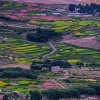
We are Trekking with Nepal Adventure Pilgrimage Trek for 3weeks in March 2023 upper dolpo Trek . It was the most incredible trip we have ever had. Anil took such great care of us and went the extra mile every day to point things out and really did take our trip to the next level. We had been in touch with him over many months planning a trek upper dolpo . The quality of service of Nepal Adventure Pilgrimage Treks and Expedition is perfect. It was the second year in sequence when we ordered permits, transfers and service of porters for trekking. The work is clear done, everyone is very friendly and responsive. Even during the trek they always kept in touch with us, finding out if everything was good with us.Please If you go to Nepal lets keep the service with Nepal Adventure Pilgrimage Trek Thanks again! Recommend.
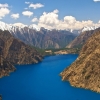
Upper Dolpo Trek is an adventurous trekking trail that takes you to the remote and isolated region of Upper Dolpo in the far-western part of Nepal. It is a challenging and less-traveled trek that offers stunning views of the Himalayas, diverse landscapes, and a unique cultural experience.
Upper Dolpo Trek is a long and challenging trek that usually takes around 24-28 days to complete. However, the duration can vary depending on the route, itinerary, and your physical fitness.
The best time to do Upper Dolpo Trek is during the months of September to November and April to May. These months offer clear skies, dry weather, and moderate temperatures, which are ideal for trekking in this region.
Upper Dolpo Trek is a challenging trek that requires a good level of physical fitness and stamina. The trail involves steep climbs, high altitude, and remote wilderness, which can be physically and mentally demanding. Therefore, it is recommended for experienced trekkers or those with a good fitness level and preparation.
To do Upper Dolpo Trek, you need two permits: the Restricted Area Permit (RAP) and the Shey-Phoksundo National Park Permit (SNNP). The RAP costs USD 500 for the first 10 days and USD 50 per day thereafter, while the SNNP Permit costs USD 30 per person per entry.
No, it is not possible to do Upper Dolpo Trek solo. As the trek is in a remote and restricted area, it is mandatory to have at least one licensed guide and a porter for every two trekkers.
The maximum altitude reached during Upper Dolpo Trek is at the top of Kang La Pass, which is at an altitude of 5,360 meters above sea level.
During Upper Dolpo Trek, you will mostly stay in teahouses and guesthouses that offer basic facilities such as a bed, blankets, and a shared bathroom. However, as the trek is in a remote area, the availability of these facilities may vary, and you may need to bring your own camping gear.
You should pack warm clothes, a good quality sleeping bag, comfortable trekking shoes, a hat, sunglasses, sunscreen, a water bottle, a camera, and a first-aid kit. Additionally, you may also need to bring your own camping gear, depending on the availability of accommodation.
Upper Dolpo Trek is generally considered safe, but it is important to take necessary precautions and follow the guidelines of your guide. As the trek is in a remote and isolated region, you should be prepared for any unforeseen circumstances, such as altitude sickness, weather changes, or wildlife encounters. Therefore, it is recommended to go with a licensed and experienced guide who can ensure your safety and well-being throughout the trek.
This Trek requires preparations and checklists of gears & equipment needed for the journey. It is always best to carry the essential clothing and accessories for the entire trek. We understand that you have your own preference for clothing but we recommend you to consult us before packing.
